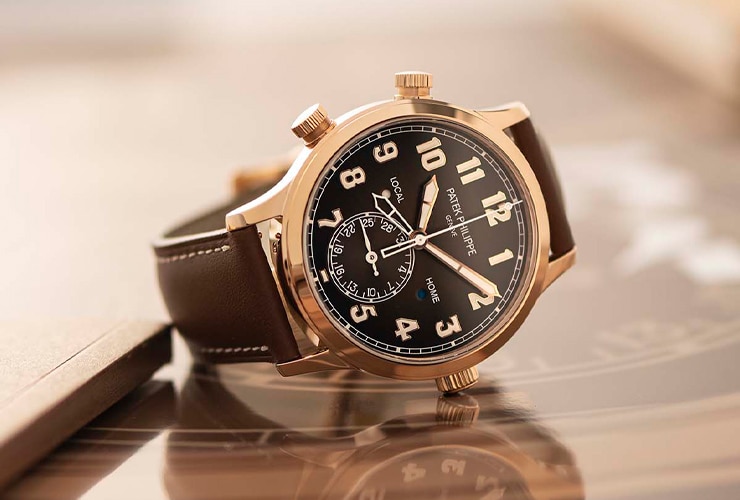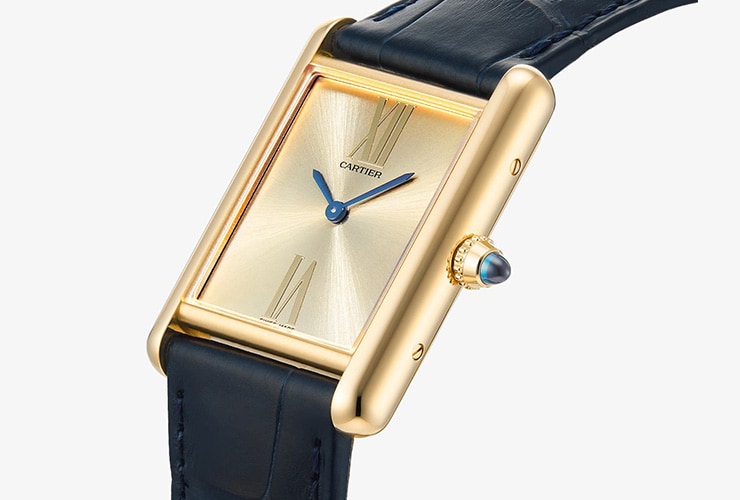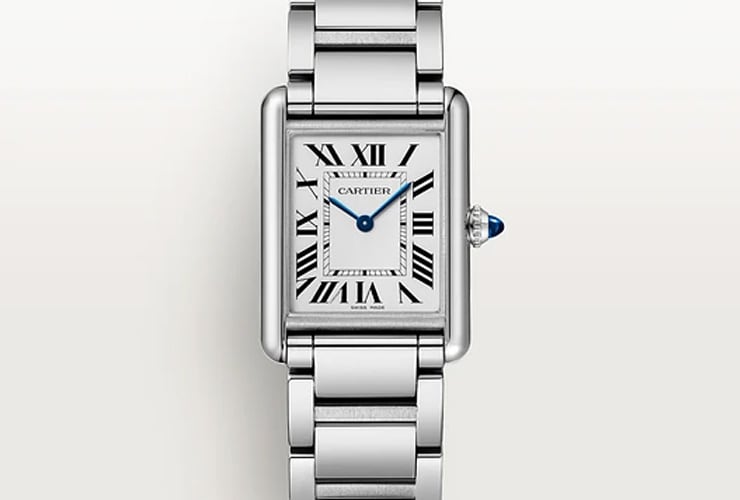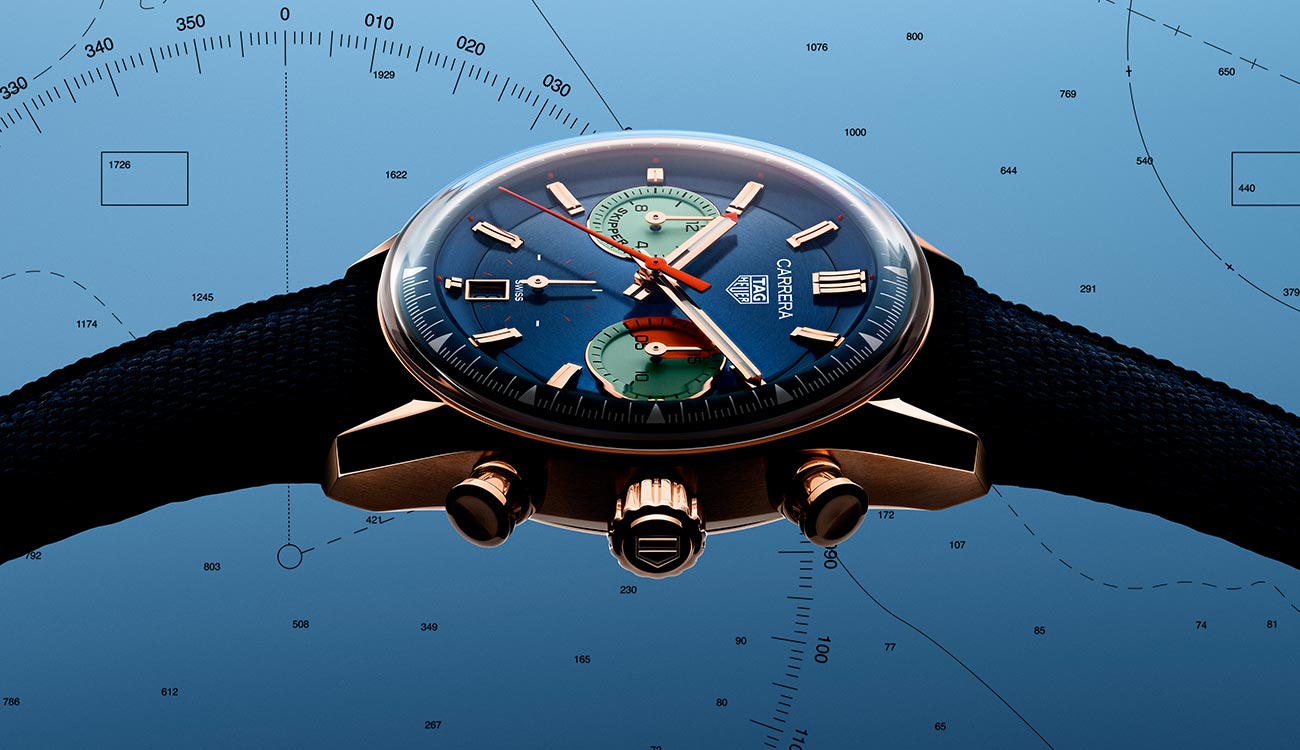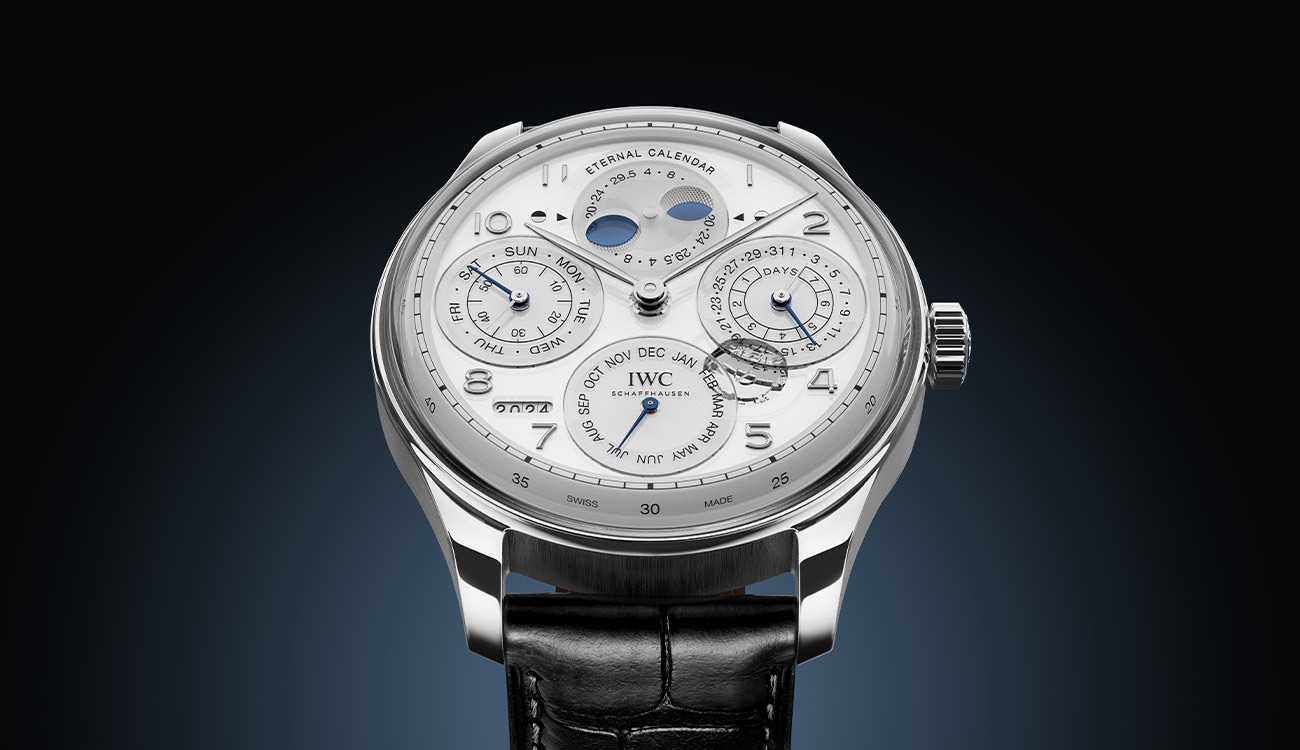- Sale
-
Brands A-Z
FeaturedBrands A-Z
-
Rolex
FeaturedBy Collection
- Rolex Certified Pre-Owned
- Patek Philippe
-
Mens
By TypePopular StylesBy EditPopular Brands
-
Ladies
By TypePopular StylesBy EditPopular Brands
-
Pre-Owned
By TypePopular Brands
-
Sell Your Watch
Sell your watchWe will expertly assess your watch and offer you
a competitive and accurate valuation for the
watch you wish to sell to us.Free Instant Valuation
Drop off at any Showroom
Unrivalled Knowledge & Expertise- Calibre - Watch News & Stories
- Calibre - Watch News & Stories
- Shop by Category
- Sale
-
Brands A-Z
- Back
- View All Brands
-
Brands
- Arnold & Son
- BALL
- Bamford
- Baume & Mercier
- Bell & Ross
- Blancpain
- BOVET
- Breguet
- Breitling
- Bremont
- BVLGARI
- Cartier
- Certina
- CHANEL
- Chopard
- Czapek
- DOXA
- Frederique Constant
- Garmin
- Gerald Charles
- Girard-Perregaux
- Glashütte Original
- Grand Seiko
- Gucci
- Hamilton
- H. Moser & Cie.
- Hublot
- ID Genève
- IKEPOD
- IWC Schaffhausen
- Jacob & Co
- Jaeger-LeCoultre
- Shop The Collection
- Kross Studio
- Longines
- Louis Erard
- Maurice Lacroix
- MB&F
- Montblanc
- Nivada Grenchen
- NOMOS Glashütte
- NORQAIN
- OMEGA
- Oris
- Panerai
- Parmigiani Fleurier
- Patek Philippe
- Piaget
- QLOCKTWO
- Rado
- RAYMOND WEIL
- Rolex
- Rolex Certified Pre-Owned
- Seiko
- Speake-Marin
- TAG Heuer
- Tissot
- TUDOR
- Ulysse Nardin
- Vacheron Constantin
- William Wood Watches
- WOLF
- ZENITH
- Rolex
- Rolex Certified Pre-Owned
- Patek Philippe
- Mens
- Ladies
-
Pre-Owned
- Back
- Shop All Pre-Owned
- Pre-Owned Home
- By Category
-
By Brand
- Certified Pre-Owned Rolex
- Pre-Owned Patek Philippe
- Pre-Owned Cartier
- Pre-Owned OMEGA
- Pre-Owned Breitling
- Pre-Owned TAG Heuer
- Pre-Owned TUDOR
- Pre-Owned Jaeger-LeCoultre
- Pre-Owned IWC Schaffhausen
- Pre-Owned Blancpain
- Pre-Owned Breguet
- Pre-Owned Chopard
- Pre-Owned Panerai
- Pre-Owned Rado
- Pre-Owned Vacheron Constantin
- Pre-Owned ZENITH
- Shop All Pre-Owned
- Sell Your Watch
- Calibre - Watch News & Stories
- My Account
- Wishlist
- Store Finder
- Book an Appointment
- Help & Support
From Pool to Podium, OMEGA's Winning Times at the 2020 Tokyo Olympics
By Paul Henderson | 6 minute read
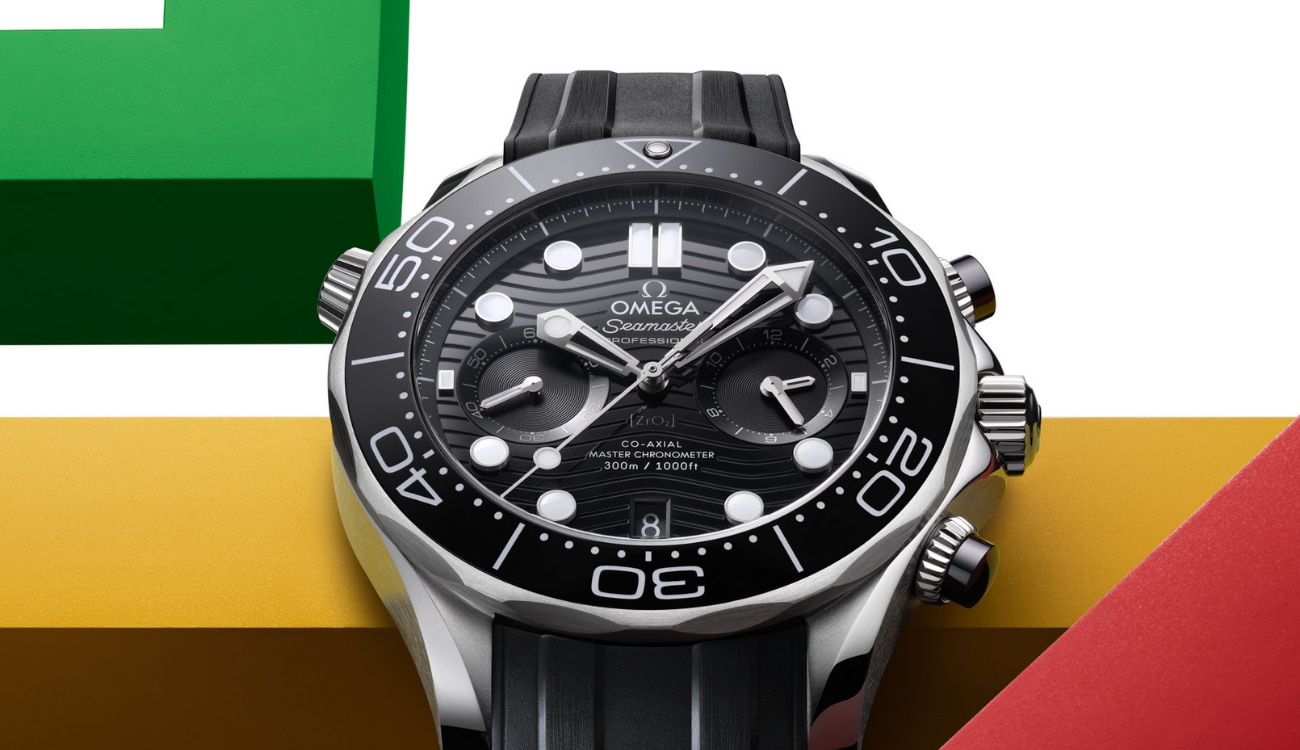
For Team GB’s aquatic superstar Tom Dean, timing is everything. From the moment the freestyle swimmer from Maidenhead leaves the starting blocks, he knows every stroke, every kick, every breath and every turn must be executed perfectly for him to stand a chance of achieving Olympic glory. And this week it all came together. Despite twice contracting Covid-19 in the run up to the Games, Dean swam the perfect race to become the first British man to win individual freestyle gold since 1908, narrowly beating his teammate Duncan Scott who finished second. However, what stood out from this incredible result was the margin of victory. For Dean and Scott, the difference between gold and silver came down to just four-hundreths of a second… and credit for that belongs to OMEGA, the official timekeeper of the Olympic Games.
Having worked with swimming’s official federation FINA and the IOC to develop their technology, OMEGA’s poolside timing and measuring equipment is simply astonishing. First off is the starting block. A slanted footrest enables the swimmers to crouch with their back leg to improve their launch into the water, and a pressure pad ensures they do not leave the blocks too soon. On the bottom of the pool, lap counters are in place so that the competitors know exactly how far they have to swim. And of course, there are the all-important touchpads, first introduced in 1968, which allow each swimmer to stop the clock at the end of the race by applying pressure of between 1.5 and 2.5kg of pressure to the panel at the end of each lane. And that’s when the Quantum Aquatics timer, this year with a resolution 100 times greater than previous devices, records the time and confirms the winner. Precision is everything, nothing is left to chance, and literally every millisecond counts.
“For a sports event to happen you need three things,” confirms Alain Zobrist, OMEGA Timing’s CEO of Omega Timing. “Athletes to compete, a field of play and a timekeeper to measure their results. That shows the importance of what we do and it is possible for us to measure one-millionth of a second. Margins that most disciplines don’t need and will never use. In other words, what we are capable of in terms of accuracy is well above what’s expected of us.”
Not that anyone should be surprised to hear that, because OMEGA has been recording and timing Olympic events since the summer Los Angeles Games of 1932. Utilising all their Swiss timing efficiency and expertise, back then they relied on 30 state-of-the-art stopwatches - and the fast reactions of the timekeepers - that were capable of registering times to the nearest tenth of a second. They covered their first Winter Olympics two years later, and by the London Games of 1948 they had established electronic timing and adopted photofinish technology. And the advances continued with the pace of Dina Asher-Smith. Innsbruck 1964 saw the introduction of “real time” displays for spectators. Electronic scoreboards became standard at Montreal in 1976. The 1984 Games in LA witnessed false-start detectors in the blocks. And in 1988 timing became computerised. By 2006, the athletes themselves began wearing transponders to capture their times. The list goes on and on…
For Tokyo 2020 and OMEGA’s 29th Olympics, the company are supplying 400 tonnes of equipment to monitor 33 different sports and cover 339 events. Thanks to OMEGA, there will be electronic starting pistols, a new “Scan’o’vision” Myria photofinish camera capable of recording 10,000 images a second, an electronic photocell finish lines, and even motion sensor technology will be utilised to measure every aspect of each competitor’s performance. And during the Games they will be running 435 scoreboards, linked by over 125 miles of optical fibre and cables, and with 530 timekeepers, plus nearly 1,000 volunteers, to ensure every event is monitored and viewers in every country have access to as much information – from the position of each athlete in a race, to the speed they are travelling – as the can handle. There may not be fans in Japan this summer, but there will be tech support aplenty.
“Athletes are the ones who have trained their entire lives to live their Olympic dream,” says Zobrist. “They deserve to have a timekeeper that deploys the most advanced technology, and is operated by professionals who know how to operate that equipment. We want to be able to provide athletes with their results as soon as they finish competing. That’s why the athletes are always at the centre of what we do. They’re the ones who perform. Our job is to record their performance.”
For OMEGA, as with Tom Dean, the track and field competitors who start today, and all the athletes competing in Tokyo, timing really is everything.
Discover more precision-led timepieces from OMEGA here at Watches of Switzerland.
Credit: Paul Henderson is the Associate Editor on British GQ with a special interest in sport, motoring, food & drink and travel.
Sign Up For Calibre Newsletter
Get a round up of the latest stories from Calibre every month, directly to your inbox.
© 2025 Watches of Switzerland
Watches of Switzerland is a trading name of Watches of Switzerland Company Limited. Registered Office: Aurum House, 2 Elland Road, Braunstone, Leicester, LE3 1TT, Registered in England and Wales, Company number 00146087. Registered VAT Number 834 8634 04. Watches of Switzerland Company Limited acts as a broker and not a lender and offers finance from Secure Trust Bank PLC trading as V12 Retail Finance and PayPal UK Ltd, 5 Fleet Place, London, United Kingdom, EC4M 7RD trading as PayPal Credit. Watches of Switzerland Company Limited is authorised and regulated by the Finance Conduct Authority. Our registration number is 308710. *Credit is provided subject to affordability, age and status. Minimum spend applies. Terms and Conditions apply. UK residents only. Not all products are regulated by the Financial Conduct Authority and FOS protection will not be extended to unregulated agreements. Please note the Consumer Credit Act states that should your purchase / loan amount cost more than £30,000 you will not be covered under Section 75 of the Consumer Credit Act.
*Next day delivery available on most items. See product pages for more information.

